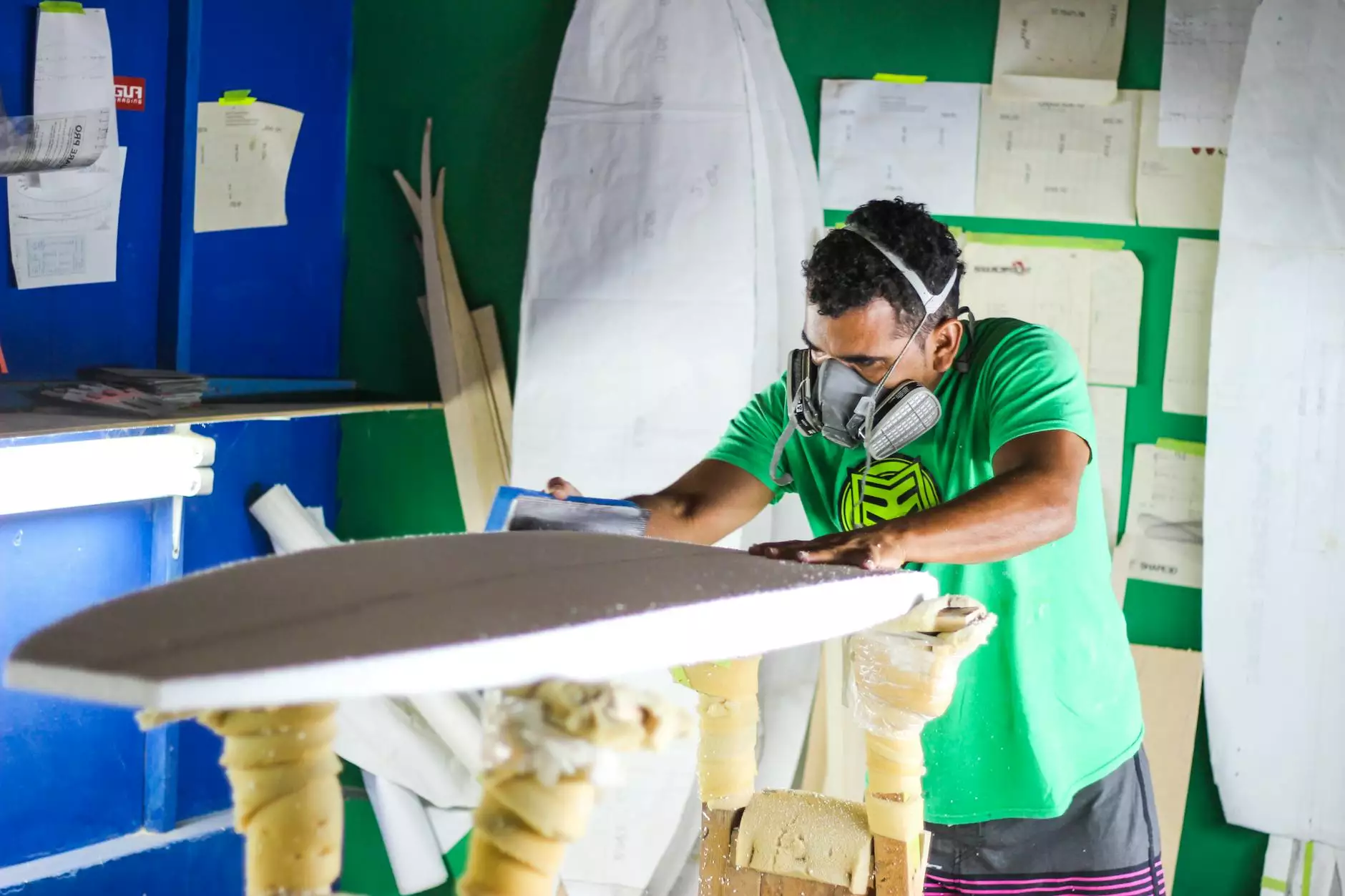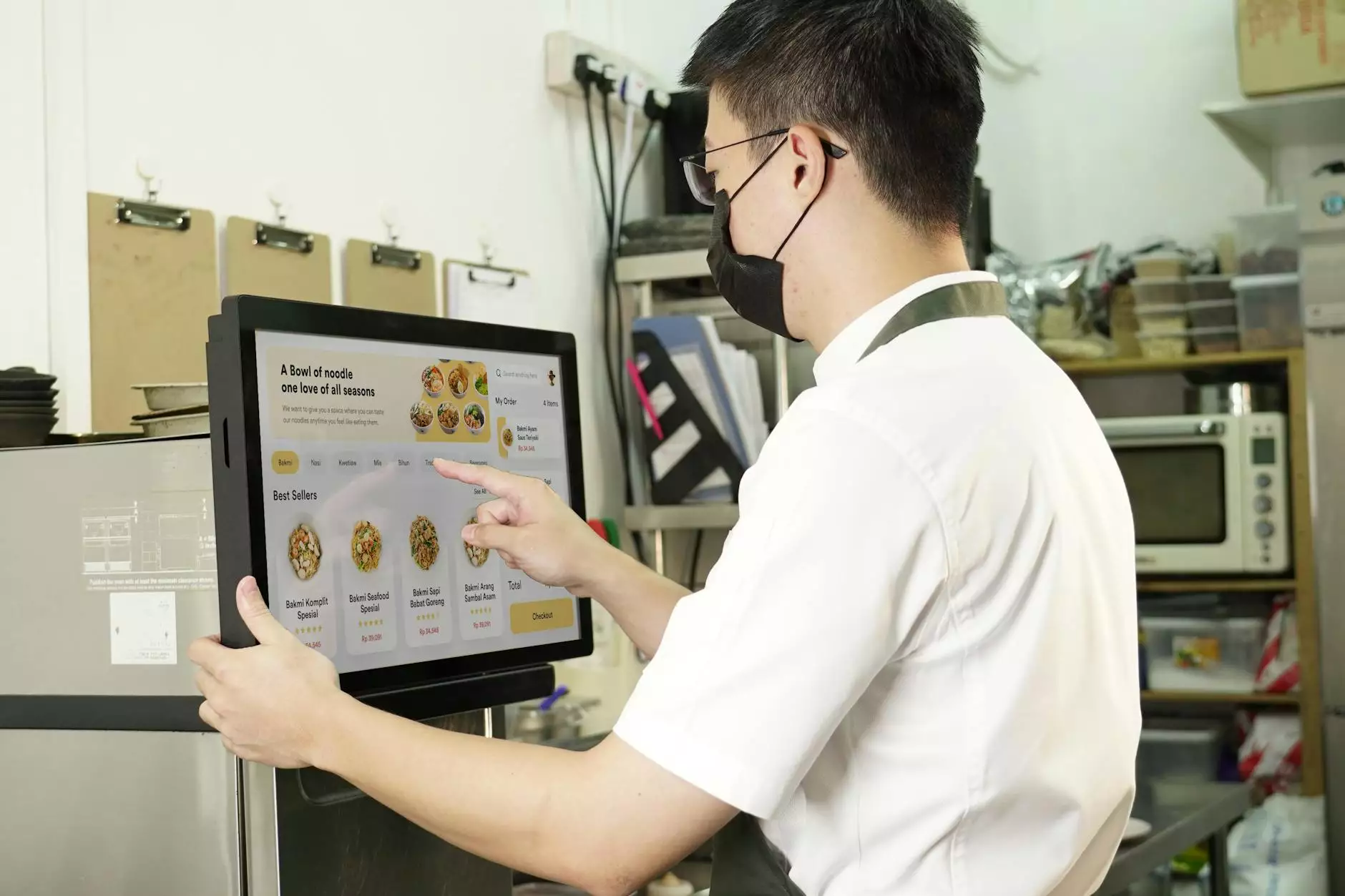Understanding Diastasis Recti in Singapore: Causes, Effects, and Treatments

In recent years, diastasis recti has gained significant attention, particularly among new mothers in Singapore. This condition, characterized by the separation of the rectus abdominis muscles, can lead to a range of physical and emotional challenges. In this comprehensive guide, we will explore the causes, symptoms, and effective treatments of diastasis recti, helping Singaporeans understand this condition better. Our goal is to empower you with the knowledge you need to seek the right help and reclaim your core strength.
What is Diastasis Recti?
Diastasis recti refers to the condition where the rectus abdominis muscles, commonly known as the "abs," separate along the midline of the belly. This separation can occur due to several factors, including pregnancy, obesity, rapid weight loss or gain, and even certain exercises that strain the abdominal area. In Singapore, this condition often becomes more apparent post-pregnancy as the abdominal muscles stretch and may not return to their original state.
Causes of Diastasis Recti
Understanding the underlying causes of diastasis recti can help in prevention and management. Some of the key factors contributing to the condition include:
- Pregnancy: During pregnancy, the uterus expands, which can place significant pressure on the abdominal muscles and lead to separation.
- Obesity: Excess weight can increase the strain on abdominal muscles, making separation more likely.
- Genetics: Some individuals may be genetically predisposed to develop this condition.
- Physical Activity: Certain exercises, particularly those that involve heavy lifting or extreme abdominal workouts, can exacerbate diastasis recti.
- Age: As we age, skin elasticity and muscle tone can lessen, increasing the risk of abdominal separation.
Symptoms of Diastasis Recti
Identifying the symptoms of diastasis recti is crucial for early intervention. Some common symptoms include:
- Belly Bulge: A noticeable bulge in the middle of your abdomen, especially when straining.
- Lower Back Pain: Weak core muscles can lead to increased pressure on the lower back.
- Difficulty with Everyday Activities: Everyday tasks like lifting objects, doing sit-ups, or even coughing may become challenging.
- Poor Posture: A weakened core can cause slouched or poor posture.
- Urinary Incontinence: Weak abdominal muscles can impact bladder control.
Diagnosis of Diastasis Recti in Singapore
If you suspect you have diastasis recti, it’s essential to consult a healthcare professional. In Singapore, physiotherapists and healthcare providers can perform a simple test to assess the extent of muscle separation. Generally, lying on your back with your knees bent, you will be asked to raise your head and shoulders. This motion can help reveal the separation in your abdominal muscles. An assessment may include:
- The distance between the two sides of the rectus abdominis
- The depth of the gap, which can indicate the severity of the condition
Treatment Options for Diastasis Recti
Treating diastasis recti involves a combination of exercise, physical therapy, and sometimes surgical interventions. In Singapore, there are various approaches to manage this condition effectively:
1. Physical Therapy
Engaging with a credentialed physiotherapist can significantly aid in treatment. They can design a tailored exercise program aimed at building core strength while avoiding straining abdominal muscles. Some effective strategies include:
- Core Stabilization Exercises: These exercises help in strengthening the deep abdominal muscles.
- Breathing Techniques: Learning to engage the core through breathing can enhance muscle control.
- Posture Correction: A physiotherapist can guide you in improving posture, thereby reducing back pain and enhancing core engagement.
2. Self-Management Techniques
Along with professional help, some self-management strategies can also be beneficial:
- Avoiding Certain Movements: Refrain from high-impact exercises and heavy lifting during recovery.
- Using Support Wear: Some individuals find that wearing a supportive abdominal binder can help in managing symptoms.
- Practicing Good Posture: Maintaining a strong posture at all times can aid core strength development.
3. Surgical Options
In cases where diastasis recti is severe and non-surgical interventions are ineffective, surgical options may be recommended. Procedures such as abdominoplasty (tummy tuck) can not only correct the separation but also remove excess skin and fat. Consultation with a qualified surgeon in Singapore is crucial to discuss the potential risks and benefits of surgery.
Importance of Early Intervention
Addressing diastasis recti promptly is imperative. Delaying treatment can lead to further complications, including chronic back pain and difficulties with physical activities. By seeking help from professionals like those at Hello Physio Singapore, you can begin a recovery journey that not only alleviates symptoms but also enhances overall well-being.
How Hello Physio Can Help
At Hello Physio, we specialize in health and medical services, particularly in sports medicine and physical therapy. Our committed team offers comprehensive assessments and personalized treatment plans designed to cater to your specific needs. We focus on:
- Comprehensive Assessments: Conduct thorough evaluations to understand the severity of your diastasis recti.
- Individualized Treatment Plans: Develop tailored plans that incorporate physical therapy, exercises, and lifestyle modifications.
- Supportive Environment: Create a supportive atmosphere where you can share your concerns and goals.
Preventing Diastasis Recti
Preventing diastasis recti is equally important as managing its symptoms. Here are some actionable tips:
- Maintain a Healthy Weight: Keeping your weight in check reduces the strain on abdominal muscles.
- Engage in Core Strengthening Exercises: Regularly practicing safe core exercises can prepare your muscles for future pregnancies or weight changes.
- Seek Professional Guidance: Consult a physiotherapist before beginning any exercise regimen, especially during and after pregnancy.
Conclusion
Diastasis recti is a common yet often misunderstood condition that affects many individuals, particularly postpartum women in Singapore. By understanding its causes, symptoms, and treatment options, you empower yourself to seek the help you need. At Hello Physio, we are dedicated to supporting you in your recovery journey. Whether through physical therapy, expert advice, or tailored exercise programs, we are here to help you regain your strength, confidence, and overall well-being.
Don't let diastasis recti dictate your life; take the first step towards recovery today!
diastasis recti Singapore








